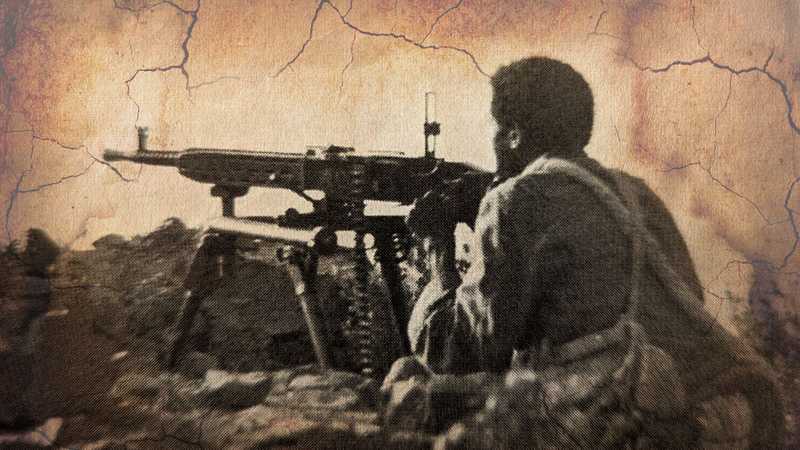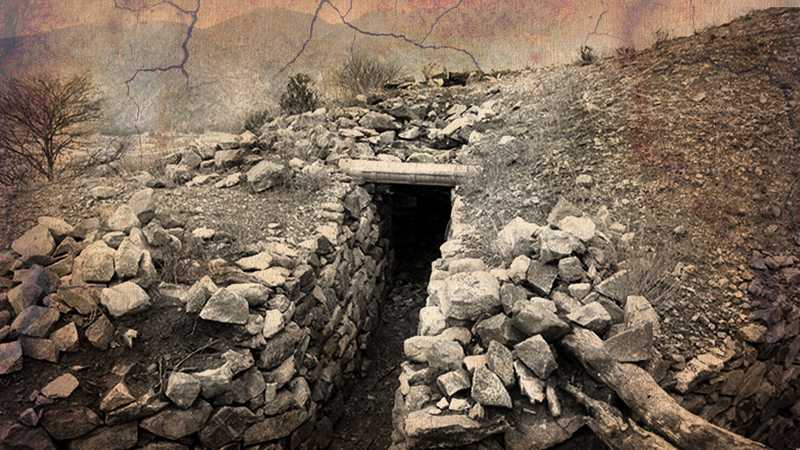Ethiopian Derg Government 4th Military Offensive Against EPLF
30 Mar, 1979 - 11 Apr, 1979
The Ethiopian Derg Army launched its 4th campaign aiming to break EPLF's fortified positions in a frontal attack at the Nakfa Front on March 30, 1979.
The fourth invasion against the Eritrean People’s Liberation Front (EPLF) took place from March 30 to April 11, 1979. This invasion was launched by the Derg regime in Ethiopia.
Preparations for the Invasion
Similar to the third invasion, the Derg regime anticipated heavy opposition from EPLF. So they prepared substantial human and logistical resources before launching the fourth offensive a month and a half after the 3rd military campaign](/derg-3rd-offensive/) ended.
Launch of the Offensive
On March 30, 1979, the fourth invasion was launched by the Derg army. The strategy did not differ much from the previous third invasion. The People’s Army outposts stretched from Taba Blhat to Testa, near Bet Hmed. The Ethiopian army held positions extending from Amelto to Tsebeit.
EPLF Formations
The alignment of the People’s Army brigades was more or less the same. From left to right, the 58th, 51st, 70th, and 77th Brigades linked up. The 3rd battalion of heavy infantry from the 76th Brigade, along with some artillery and tank units, were scattered throughout the front.
Ethiopian Derg Army Formations
The Ethiopian army, in addition to the existing 508th Task Force, (which was formed by the combined 501st and 502nd Task Forces upon arrival at Agordat - or Aqurdet), a sub-task force called 506-A was assembled from Keren and Asmara. So, the 508th Task Force was stationed on the left wing of the frontline and 506-A on the right.
The Derg army had also deployed an additional large force consisting of battalions of artillery, tank, anti-aircraft, and rocket launcher (BM-21) support units. They also had heavy air force support. After establishing the Nakfa Front, as the terrain was mountainous, the Derg army could not move its tank and mechanized units freely as before. So its main assets were artillery and the air force.
“Hammer and Anvil”: Key Mission of the Invasion
The fourth invasion differed from previous ones as it aimed to break EPLF’s fortified positions in a frontal attack. The Derg army had two primary missions while marching towards Nakfa.
The first was to breach EPLF defenses right at the center at Fidel-Pe and Fernello and then split the front into two ending with encirclement.
The second was to swiftly move through the broken line and rush straight into Nakfa. This force would join with the units attacking from Algien and together take the rear base. This tactic is called the “Hammer and Anvil” strategy where a combined frontal and flanking attack would force the enemy to surrender or be annihilated.
Intense Bombardment
On March 30, 1979, the Derg began intensive attacks using artillery, rocket launchers, and the air force over Nakfa. On April 1st, they conducted heavy human wave attacks from all sides, mainly to breach the Fidel-Pe and Fernello fortifications.
EPLF Preparations
EPLF had anticipated Derg’s warfare tactics of intense artillery barrages and human waves. They had built fortifications, dug trenches and transit canals to withstand the onslaught. These fortifications would be further reinforced in the future.
 EPLF freedom fighter defending with a machine gun from the trenches
EPLF freedom fighter defending with a machine gun from the trenches
Fierce Defensive Battles
During the invasion, the Derg army momentarily advanced between the 51st and 58th EPLF brigades by taking control the gorge on the right-hand side of Fidel-Pe. They managed to take the defense lines at an area called Globe. However, EPLF launched a fierce counterattack eventually pushing back the Derg army. The battles raged on until April 11th when the offensive campaign finally ended.
The forts of Nakfa proved invincible. This battle validated EPLF’s decision to make a strategic withdrawal.

